#Franciscan
Text


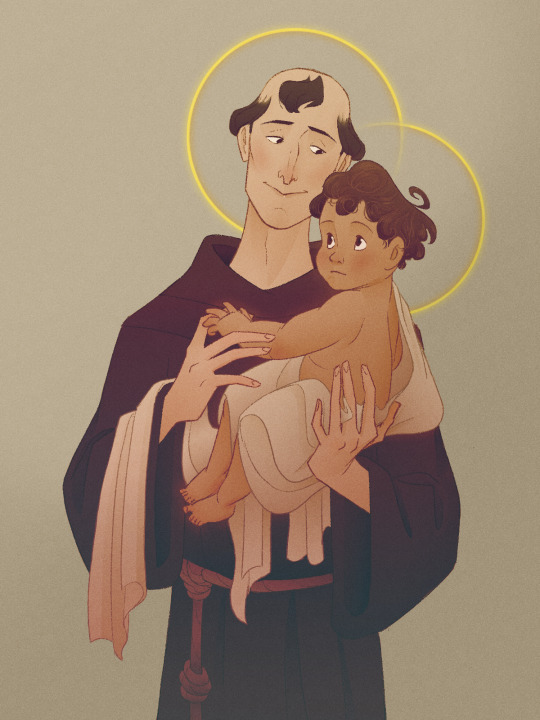
The saint for finding lost things.
I gotta say, reading about him is very humbling, born from a rich family, but became a saint for the poor.
I'm practicing him, 'cause I wanna make sure to give distinct looks with different saints.
#Also I hope Jesus is proud of me with his baby version#St. Anthony of Padua#Saints#Franciscan#Catholic art#my art#my faith#friar#Baby Jesus#Christianity#art
179 notes
·
View notes
Text










Today's #YearOfHours is @FreeLibrary Lewis E 257, a book of hours written in the Eastern Netherlands, ca. 1505. Owned by a Franciscan sister, it includes pages of both paper and parchment. The miniature is a hand-colored metal cut. #BiblioPhilly
Online:
#medieval#manuscript#renaissance#16th century#netherlands#franciscan#paper#parchment#bibliophilly#illustration#colored initials#book of hours#year of hours#book history#rare books
162 notes
·
View notes
Text

Franciscan Church, Church of St. Jerome, Vienna
50 notes
·
View notes
Text
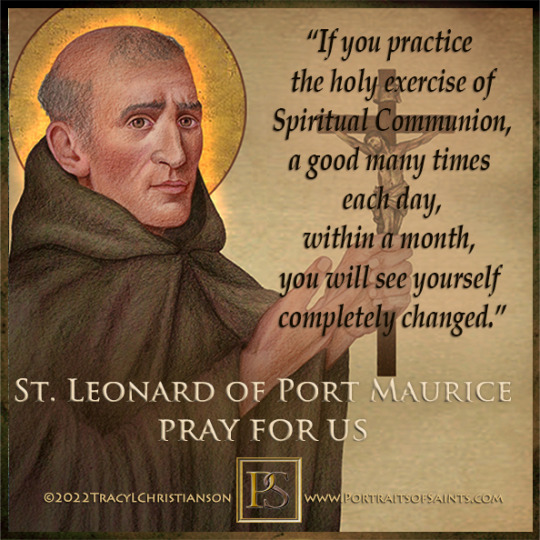
Saint Leonard of Port Maurice
1676-1751
Feast Day: November 26
Patronage: parish missions, missionaries, preachers, Imperia, Italy
Saint Leonard of Port Maurice was a Franciscan friar of the Strict Observance who lived at the monastery of St. Bonaventure in Rome. He preached on devotions to the Blessed Sacrament, the Sacred Heart of Jesus, the Immaculate Conception of Mary and the Stations of the Cross, even building almost 600 stations in Italy, including one in the Colosseum. He was ordained in 1703 and became a sought after preacher of parish missions and retreats. The strain of his missionary labors and his mortifications had completely exhausted him when he died in 1751 at his Friary.
Prints, plaques & holy cards available for purchase here: (website)
#SaintLeonardofPortMaurice#StLeonardofPortMaurice#Franciscan#Catholicpriest#Stationsofthecross#BlessedSacrement
32 notes
·
View notes
Text
[B]oth service and vulnerability are necessary dimensions of the love of Christ. We must both serve and allow ourselves to be served.
Rev. Jude Winkler, O.F.M. Conv.
#Franciscan#Christianity#Catholicism#service#vulnerability#love#agape#Imitatio Dei#Jesus Christ#Jude Winkler
14 notes
·
View notes
Text
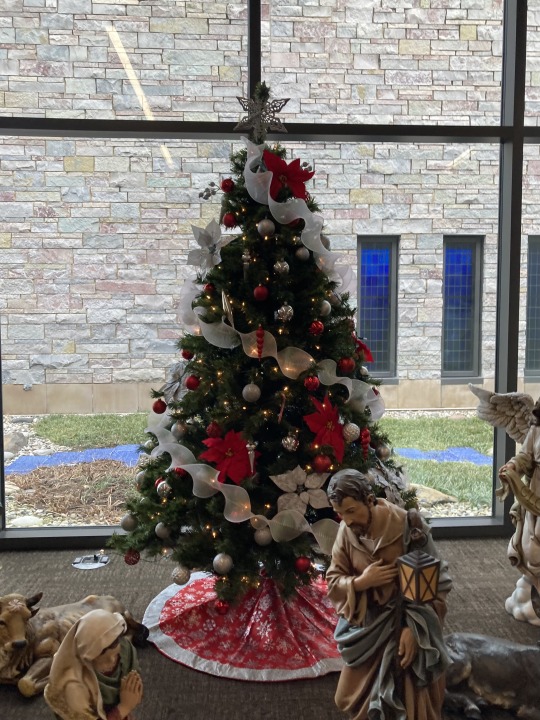




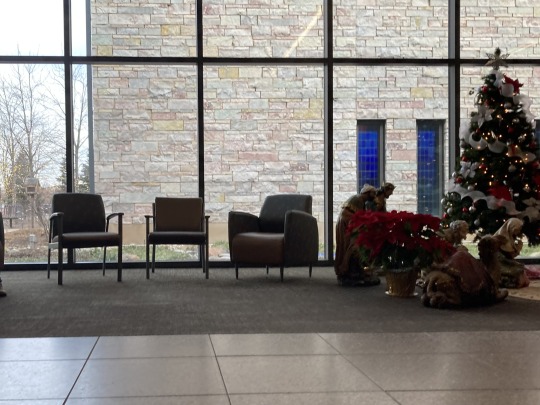



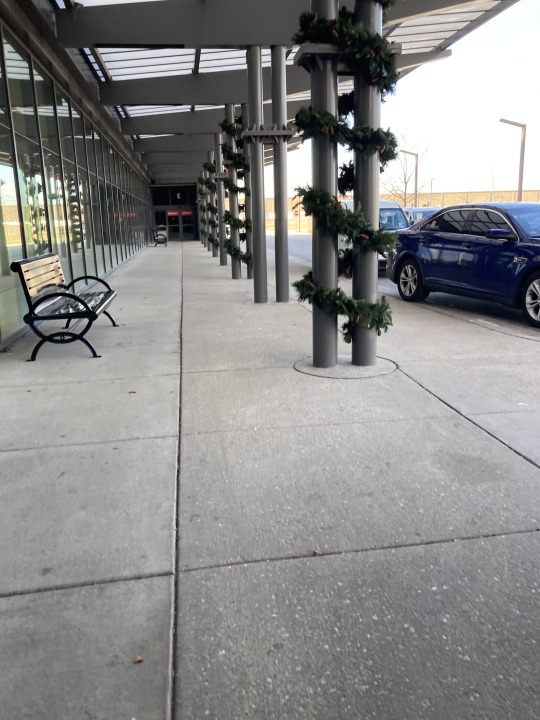
#Christmas tree#poinsettia#christmas#christmas decorations#photos by lazeric fridell freeman#season 2023/24#Franciscan
8 notes
·
View notes
Photo

14th-century Franciscan cloister, Dubrovnik, Croatia, 2005. Photograph © Phil Douglis, The Douglis Visual Workshops
71 notes
·
View notes
Text

Monastery Church of the Franciscan Fathers, Kalisz, Poland. April 2023.
25 notes
·
View notes
Text
In all things
Growing up, one of our family friends was a Franciscan sister. I know, kind of odd for someone who grew up Protestant. But she was a friend of my parents.
She was one of those people you couldn’t help but be drawn to. Kind. Patient. Radiating a certain quiet joy.
With a seemingly endless supply of truly awful dad jokes.
As I got older, I discovered that her seemingly effortless grace wasn’t the byproduct of having an effortless life.
She was a nurse. What she had seen in the hospital where she worked inspired her to start the first hospice in her city.
Seeing the lack of resources for parents who had lost a child led her to start a support group at the hospital she worked at. One that she grew into a ministry that reached out to grieving parents across the county and beyond.
All the while dealing with the health issues that would eventually lead to her death.
On my way into the Catholic Church, I asked her how she did it.
How ��� with all of her health issues, with ministries that were so focused on some of life’s hardest moments – she kept that quiet joy.
Her answer was simple. We see it at the end of today’s Gospel.
She sought God’s will. In everything.
Not just the big stuff, like major life decisions. But literally in everything.
From what she was going to do on Tuesday. To what she should say to someone she was talking to.
And the quiet joy? It’s the unavoidable consequence of trusting God.
Not just trusting God enough to seek His will. But trusting God enough to actually do it.
Today’s Readings
#God's Will#Seek God's Will#God#Jesus#Catholic#Christian#Church#Peace#Joy#Franciscan#Moments Before Mass
50 notes
·
View notes
Photo

a Franciscan Monastery library
#dark academia#dark acadamia aesthetic#dark academia books#books and literature#art history#history#historical art#reading#library#wood#dark#romantic academia#material#leather#paper texture#monastery#franciscan#art#ink#studyinspo#study#studblr#europe#museum#cofee
106 notes
·
View notes
Text
St. Francis of Assisi’s life took a winding path, from spoiled rich kid to warrior, and leper nurse to church builder. But what made him stand out so much to this day?
34 notes
·
View notes
Text
New icon now listed in my online shop!

Click on the image to see the listing :)
Some details below:
$52.00 (shipping included!)
DIMENSIONS – Approximately 5” x 7.5” x 0.25”
DAMAGE-FREE HANGING – While not included, this wooden icon is flat on the backside which is perfect for hanging with Command Strips. No nails or hooks required!
ORIGINAL ILLUSTRATION – This is one of my illustrations of the St. Pio, more well known as “Padre Pio”. The original was a commissioned piece painted with black gouache. At the top of the icon are hand-painted gold letters that spell out “St. Pio” and surrounding his portrait are white daisies.
BEAUTIFULLY HANDMADE ICON – Each icon is crafted with wood, acrylic paint, and printed paper before being carefully sealed with a UV-protective glossy finish. Each icon is meant to have imperfections due to their unique, unfinished nature so brush strokes will be visible. On the back includes a sticker with my logo, “Cella Bella Illuminations” and my website.
#padre pio#st. pio#franciscan#capuchin friar#catholic art#capuchin saint#catholic saints#catholic artist#catholic gifts#catholic tumblr
7 notes
·
View notes
Photo

The ceiling of the Chapter Hall - Monastery of San Lorenzo Maggiore, Naples
Photo by Charles Reeza
46 notes
·
View notes
Text

Franciscan Convent of Calvi, Corsica, France
French vintage postcard
#vintage#photography#postkarte#franciscan convent#french#carte postale#postal#briefkaart#convent#france#postcard#old#franciscan#photo#ansichtskarte#sepia#corsica#postkaart#ephemera#tarjeta#calvi#historic
4 notes
·
View notes
Text




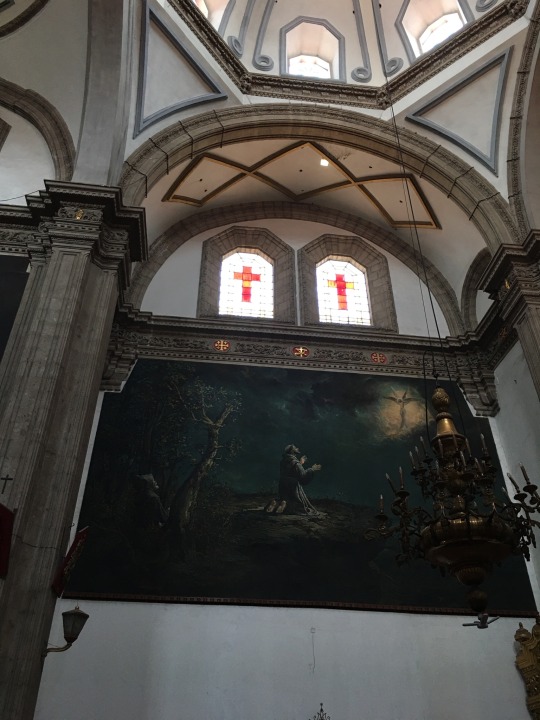
#Hispanidad#México#Iglesia de San Francisco#Franciscan#church#catholic#baroque art#baroque architecture#spanish baroque
4 notes
·
View notes
Text
What I own, what I use, —what I for a brief moment call my own— is not my own; because I am called to own nothing. Saint Francis used to exhort his brothers with a simple phrase, "sine proprio" — without appropriation. We are but pilgrims, poor men, who use what we need to survive but claim nothing as our own. [… T]here is something truly life-changing about this notion of sine proprio; what if we could go through this life as a pilgrim, claiming nothing as our own? What if, even the things were bought new, we approached as simply items we are borrowing and using? What if we looked at our cars, our houses, our dining sets, our furniture… whatever it may be, as something that someone else might use after us? While there are certainly plenty of products that will be used by no one else after us (a sad product of a single-use, throwaway culture), there's still something significant about viewing everything we use within the context of our own mortality. That we came into this world with nothing, and we will leave this world with nothing.
Fr. Casey Cole (This Robe is Weirder Than You Think!)
#Franciscan#Catholicism#Christianity#poverty#Francis of Assisi#interdependence#community#ownership#consumerism
21 notes
·
View notes